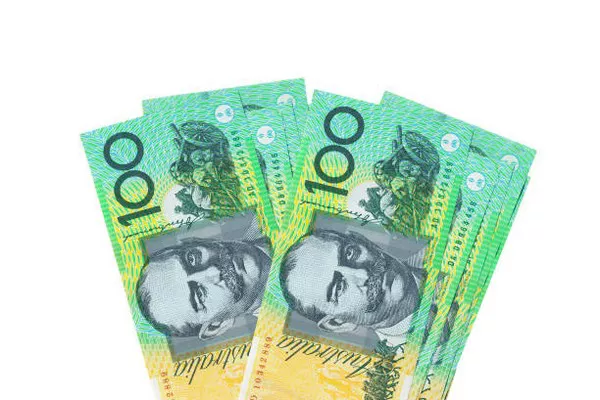AUD/USD attracted fresh bears after rising as high as 0.6550 during early European trade on Thursday before falling to fresh intraday lows. Spot prices are currently trading around 0.6515 and now appear to have stalled the previous day’s positive rebound from the lowest levels since early May.
The U.S. dollar (USD) rebounded solidly from the three-week low hit after the announcement of the FOMC policy decision on Wednesday, becoming a key factor in the downward pressure on the AUD/USD. On top of this, ongoing concerns about a slowdown in China, the world’s second-largest economy, have also weakened China’s proxy currency, the Australian dollar, and exacerbated the decline in AUD/USD.
Business activity in China’s manufacturing sector unexpectedly shrank for the first time in nine months in July, a private survey showed, underscoring the economic woes. In addition, mixed Australian consumer inflation data on Wednesday dashed hopes of further interest rate hikes from the Reserve Bank of Australia (RBA), which will put pressure on the Australian dollar and support the prospect of further AUD/USD depreciation.
At the same time, the Federal Reserve acknowledged recent progress on inflation and a cooling labor market. In addition, Federal Reserve Chairman Jerome Powell said at the post-meeting press conference that if inflation is in line with expectations, it may cut interest rates early. That, in turn, has dragged U.S. Treasury yields to multi-month lows, which, combined with a positive risk tone, should keep the safe-haven dollar in check.
This in turn should provide some support to the risk-sensitive Australian dollar, helping to limit the downside for AUD/USD. Traders may also avoid making aggressive directional bets, preferring to wait for the closely watched U.S. non-farm report, due on Friday. Therefore, any subsequent decline is likely to find suitable support near the psychological 0.6500 level.


